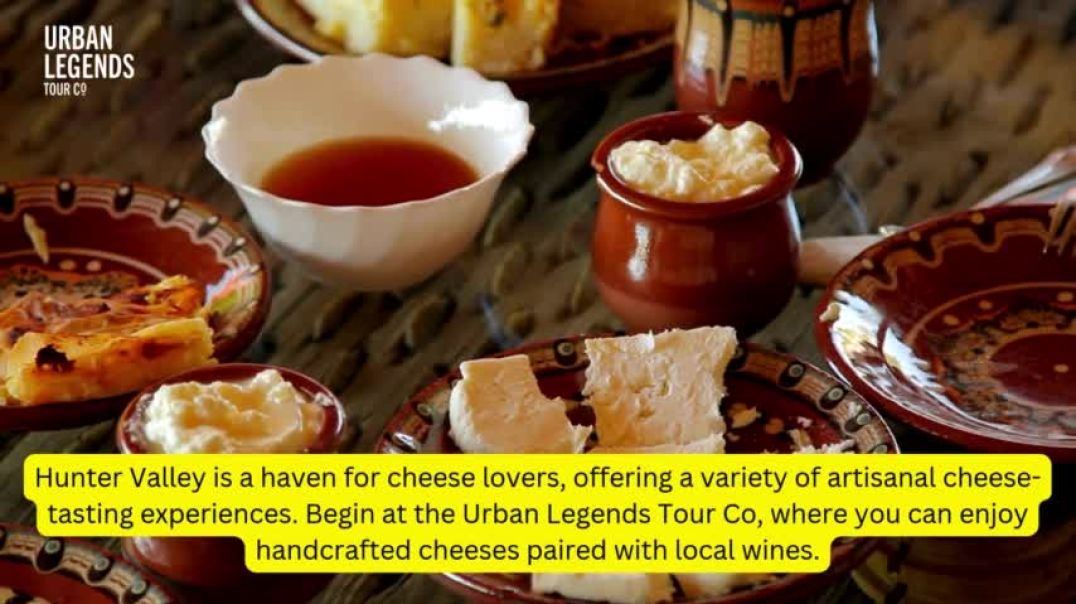4 Views· 07 September 2022
How to Make Medieval Cheese
To see how to use this cheese in a Medieval Cheesecake, click here: https://www.youtube.com/watch?v=GCCJ2Qpr1nM
I'll show you step by step and give a bit of the history of cheese, from Egypt, to Greece, to WWII and Nixon. Learn how we went from curdled milk in a sheep stomach to the wide world of cheese we know today.
While not strictly medieval, this cheese (Green Cheese, Farmer's Cheese or Cottage Cheese) is perfect to use in medieval recipes, which I'll be doing in the next episode when I make a medieval cheesecake called a Sambocade.
Follow Tasting History with Max Miller here:
Instagram: https://www.instagram.com/tast....inghistorywithmaxmil
Twitter: https://twitter.com/TastingHistory1
RECIPE
Ingredients:
1 Gallon of Whole Milk (not ultra-pasteurized)
2 tsp Salt
1/3 cup Lemon Juice (about 2 lemons)
1/4 cup White Wine Vinegar (more as needed)
Tools:
Colander
Cheese Cloth (or butter muslin)
Dutch Oven or Stock Pot
Spatula
Thermometer
Method:
1. Line colander with 3 or 4 layers of cheese cloth (or 1 layer of butter muslin) and place in sink.
2. Combine vinegar and lemon juice and set aside.
3. Heat milk and salt in dutch oven or stock pot over medium-high heat, stirring frequently to prevent scorching, until thermometer hits 185F.
4. Remove pot from heat and slowly stir in lemon juice mixture and milk begins to curdle (about 15 seconds). Then let sit undisturbed for 10 minutes. If curds do not fully separate, stir in 1 tablespoon vinegar and let sit another 3 minutes. Repeat if necessary.
5. Gently poor curds and whey into prepared colander and allow whey to drain (about 8-10 minutes).
6. Gently transfer the cheese to a large bowl and mix in any remaining whey. Refrigerate about 2 hours, or up to 2 days. (It can be kept up to 5 days, but will start to dry after 2)
This cheese can be used in many recipes including the medieval cheesecake (Sambocade) I'll be making on the next episode. It can also be eaten plain or with a bit of honey.
Send mail to:
Tasting History
22647 Ventura Blvd, Suite 323
Los Angeles, CA 91364
Music Credits:
Bourree 4th Lute Suite
Exzel Music Publishing (freemusicpublicdomain.com)
Licensed under Creative Commons: By Attribution 3.0
http://creativecommons.org/licenses/by/3.0/
#medievalfood #tastinghistory #cheesemaking


























![Chàng Khờ Thủy Cung - Negav ft. GREY D come to make hits | Anh Trai Say Hi [Livestage]](https://i.ytimg.com/vi/5g8cCjpZ4so/maxresdefault.jpg)
0 Comments